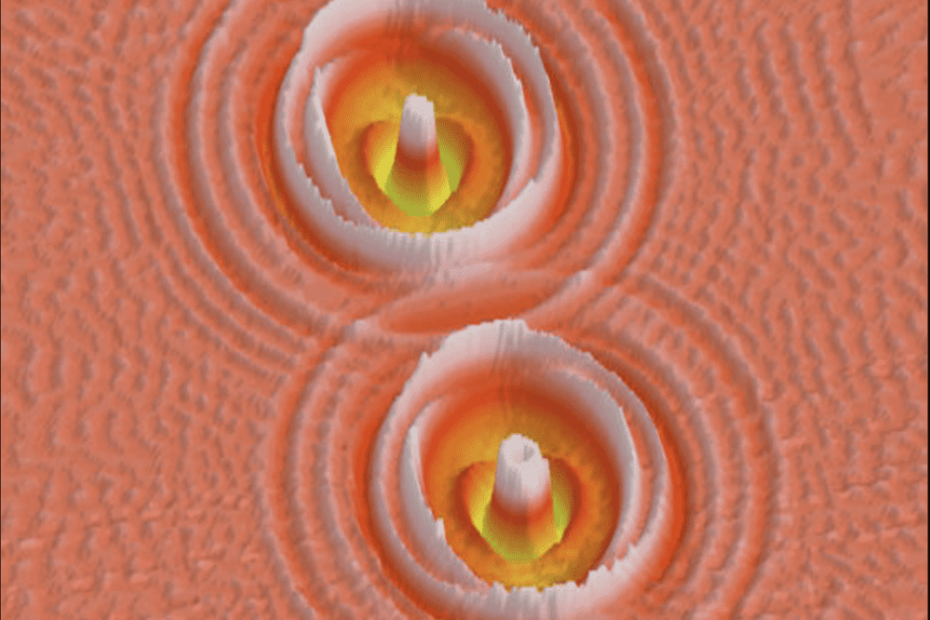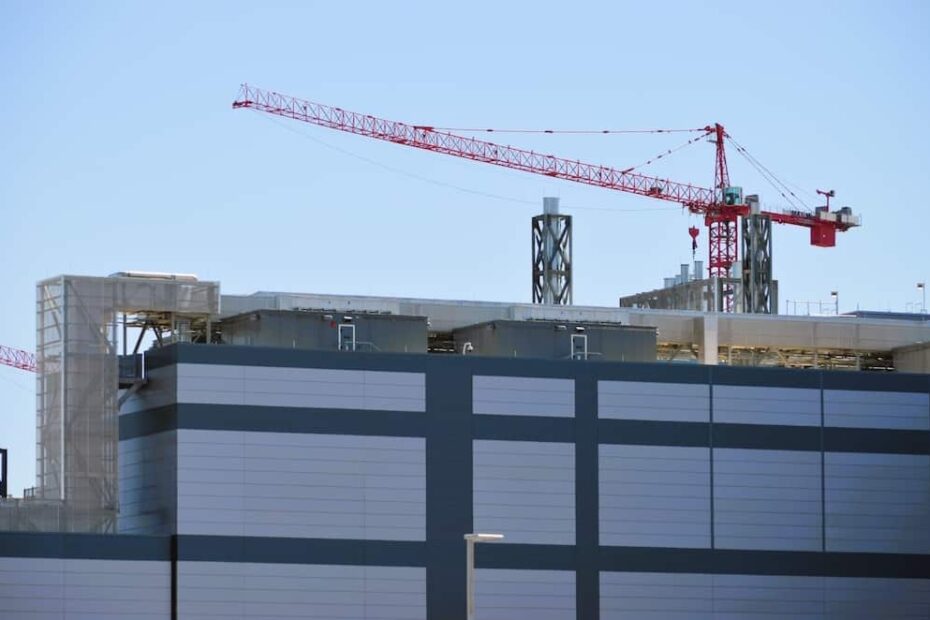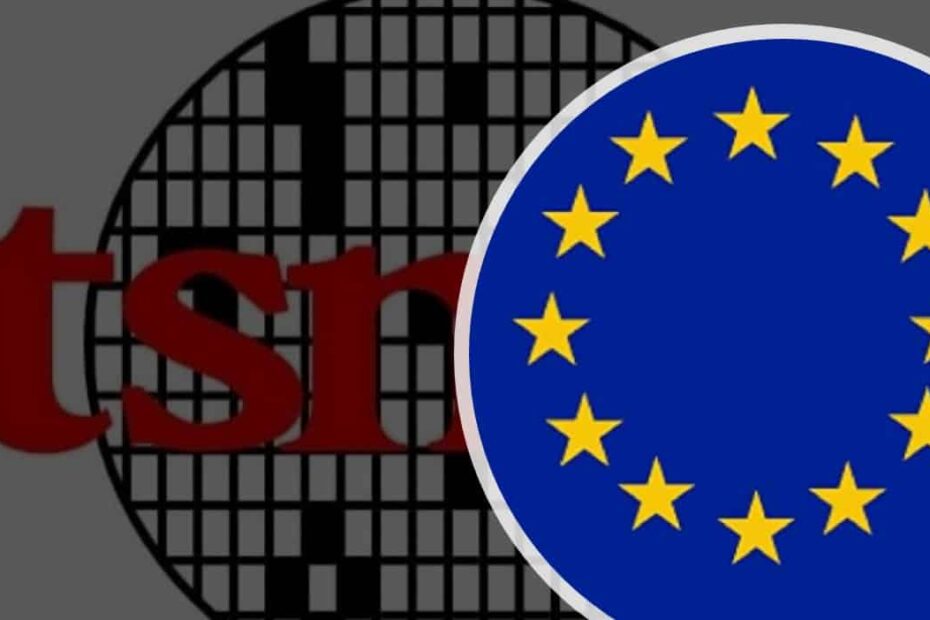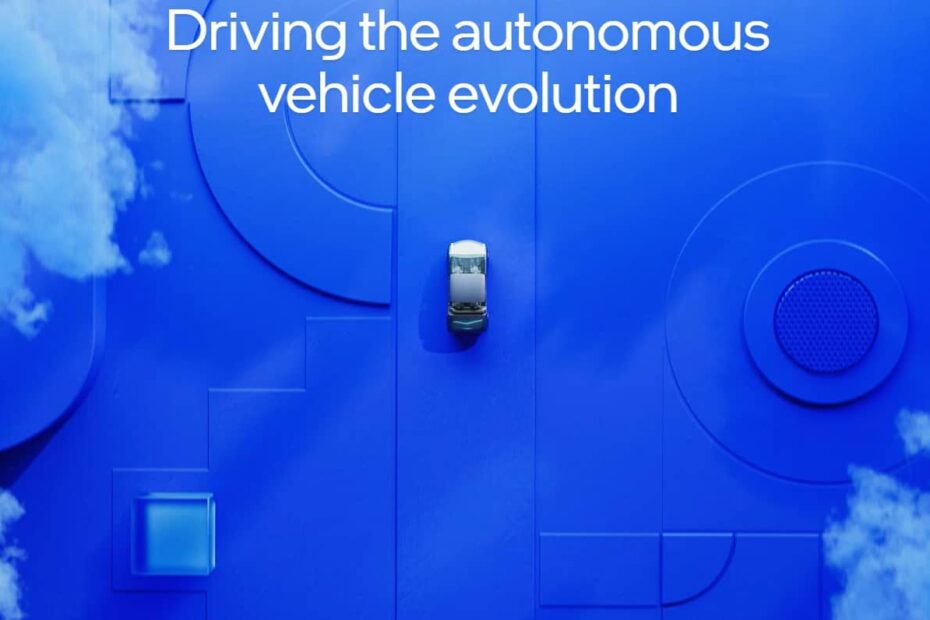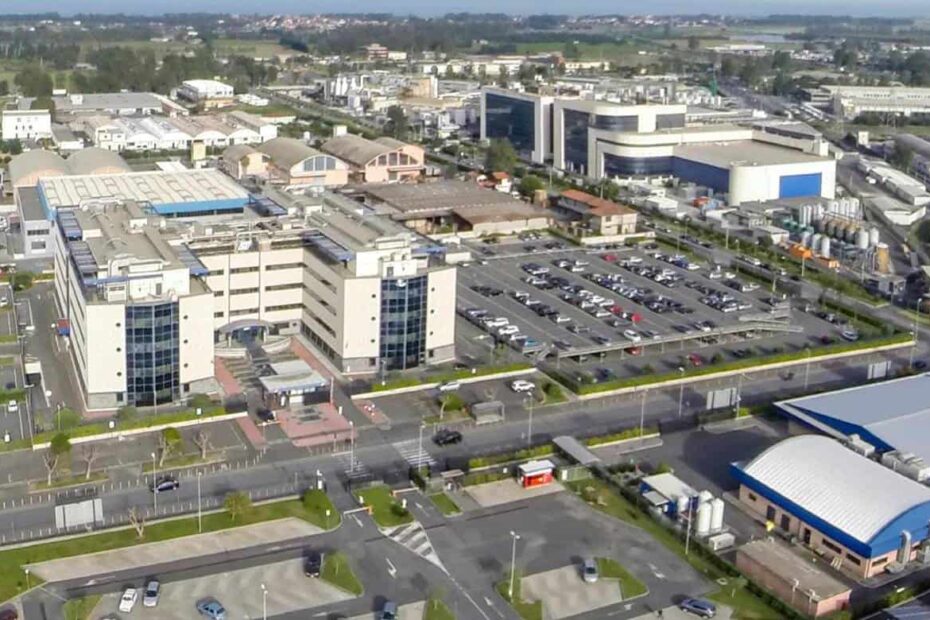Ayar Labs, Lockheed Martin Look to Cut ‘Fog of War’
What’s at stake:
Traditional copper interconnects can no longer cut it for edge network deployments as data volumes soar. Following the lead of commercial network operators, Lockheed Martin Corp.’s investment arm is looking to leverage startup Ayar Labs’ optical chiplets to speed the processing of sensor data on the battlefield.




